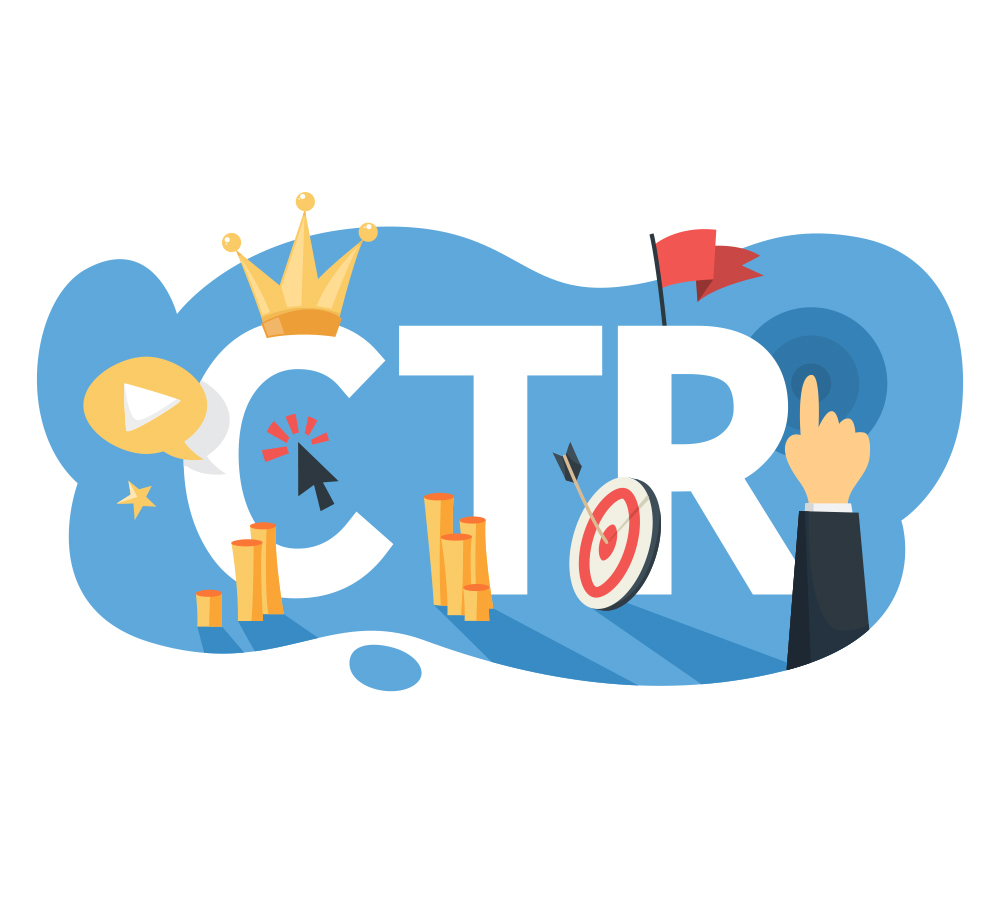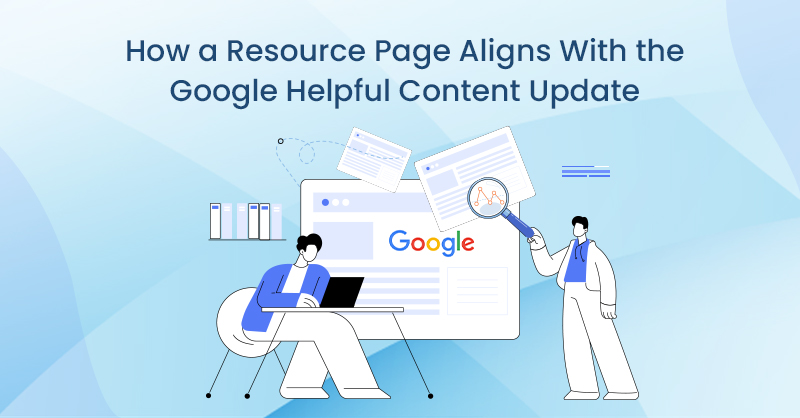Content marketing can be a great tool for growing traffic, increasing online exposure, obtaining leads, and generating incremental revenue. However, if you don’t nurture your strategy over time, you risk losing its effectiveness.
In order to make successful marketing decisions, you need to have clear and accurate data. By combining creative decision-making with error-free data, you can ensure that your digital marketing campaign will stand the test of time.
Benefits of Business Blogging
While you may have a professional website, many small and medium-size businesses still don’t have a blog for it. Without a doubt, your business should have a blog and if you’re worried about the technical know-how, there are plenty of free guides that will outline the steps in creating one. Unfortunately, starting a blog is the easiest part of the process.
To be successful at content marketing, you must combine creativity and facts. Your blog’s content must be unique and allow you to connect with your target audience. In order to achieve this and do so on a consistent basis, you must track and analyze several key marketing metrics.
Below are 12 metrics that will improve your overall content strategy and lead to wider visibility, increased conversions and ultimately help you achieve your blogging goals.
Also on TechWyse
3 Stages of Content Marketing
How to Get Started With Content Marketing

#1 Time on Site
If visitors aren’t spending a lot of time on your site, it might be an indication that your headlines and content aren’t very engaging. HubSpot reported that 55% of internet visitors spend less than 15 seconds on one website. Unfortunately, 15 seconds isn’t enough time to achieve anything meaningful.
This is one of the reasons why experts stress the importance of catchy headlines, a captivating first paragraph, and no false promises. Beyond that, if a reader is going to leave, there isn’t much you can do to stop him.
Instead, focus on the high quality visitors and potential leads by properly implementing call-to-action functions.
#2 Bounce Rate
Having a high bounce rate in itself may not be an issue. Some industries just have a higher percentage of bounces overall, so you need to research acceptable rates in your niche. In addition, you need to consider that a fraction of your bounces are simply due to visitors who open multiple pages, but end their search for information on the first, second, or third page. As usual, the further down you are in the search engine rankings (especially on page 1), the less likely you are to have your contact to be seen.
On the other hand, a high bounce rate may be an indication of numerous on-page issues. For instance, a user may bounce due to slow loading speeds, a boring headline, poorly written content, or any number of reasons.
When tweaking your content marketing strategy, review your Google Analytics data for pages with stickiness versus high bounce rates, and look for differences in formatting, writing style, the targeted keywords, the type of blog post (text, infographic, video, or podcast), etc. All of this information can offer you details about your target demographic and how you can create blog posts that will cater to their needs.
#3 Organic Leads
All leads are important, but organic leads tend to be more valuable and have a higher chance of converting. However, different businesses have different results. Therefore, be sure to compare organic versus paid leads to understand where you should be investing more time and resources.
Nevertheless, social media, direct referrals, and organic search traffic are all great tools to utilize when looking to improve the number of organic leads your blog is earning. After all, search engine traffic is recurring and allows you to reap the dividends for months or even years.
#4 Lead-Close Rates
Having a high lead-close rate is a great indication that your visitors find your content engaging, trust your brand, and believe your products/services are useful. This is a direct result of a content marketing strategy that exudes expertise and connects with readers.
Furthermore, the higher this ratio is, the more businesses can invest in scaling their marketing campaigns. To maximize the usefulness of the lead-to-close metric, it is best for companies to attribute each lead to a specific page, post, social media update, etc.
#5 Click-Through Rate
The lead-close rate is essential to your success, but improving it can be a challenge if you don’t have enough data. Checking your click-through rate can determine if the problem is with your content or sales setup. A low CTR may suggest that you need to change the placement of your call-to-action, change the copy of your opt-in form, or produce more relevant content. On the other hand, high CTR, but low conversion rates may mean your sales funnel isn’t optimized.

#6 Cost Effectiveness
Organic traffic and inbound leads may be cheaper than paid traffic in the long-run, but they’re still not free. You always need to make sure that you’re getting more money back than you’re putting in.
Tangible costs include content development (freelance or in-house writers), editors, graphic designers, social media campaign managers, SEO services, additional hosting expenses, etc. Intangible costs may include your time and opportunity costs – the option to invest your resources elsewhere, such as product development.
If organic leads are costing too much to earn and yielding less revenue, it might be best to focus more of your budget on increasing your PPC campaign.
#7 Natural Inbound Links
While leads and revenue are immediate results of content marketing, natural inbound links offer deferred benefits because they grow your online presence, strengthen your domain, and make future blogging efforts easier. A huge spike in unsolicited inbound links is a great indication that your content has gone viral or is widely appreciated.
#8 Total Social Shares
Bloggers can’t afford to pass up social media traffic these days. In 2014, Shareaholic reported that roughly 30% of website traffic comes from social media. Social shares are a great way for you to see how popular your content is on social platforms, the types of content you should be developing, and the platforms you should be focusing on. You can even experiment with the placement of social buttons to increase sharing.
#9 Landing Page Views
Total website traffic is important and we all want high-traffic sites, but if you aren’t getting the right traffic that ends up on a landing page with a “call to action” function (i.e. an opt-in form for your email list), you’ve wasted a visitor.
So, when you’re measuring overall page views, be sure to note the percentage of visitors that are actually being funneled to your landing pages; otherwise, you may be looking at bad site structure or CTA button placement.
#10 Internal Referral Sources To Landing Pages
After reviewing landing page views, it’s critical that you determine which internal pages are re-directing visitors to your landing pages. By utilizing internal sources, you can direct visitors to different products or landing pages that are performing well.
Analyzing your Google Analytics user flow is also a great way for you to critique your own posts and see which pages are driving referrals and who your ideal customers are.

#11 Leads Per Keyword
Keyword optimization is a fundamental part of any blog. Many of these metrics are useless if your website is built on a shaky foundation.
The types of keywords you rank for matter because certain phrases inherently carry stronger user intent. If you run a health insurance company, ranking for “health insurance quotes” is significantly more valuable than ranking for “health insurance deductible explained” because one indicates that a consumer is shopping for coverage, while the other is still completing research.
Therefore, all else equal, your expected revenue for a reader looking for quotes is much higher and warrants a greater investment in resources. With the right systems in place, you can find high-yield, low-competition keywords to target.
#12 Reader Comments
The last metric on this list might just be the oddest. Reader comments aren’t usually incorporated into marketing strategies, but collecting this data is one way to gauge how your content is perceived by your community.
If your content is engaging and connecting with readers, it’s likely that they will feel compelled to comment. A great piece of content should encourage a conversation with your audience and build brand loyalty.
Don’t let your comment section become an afterthought. Very little user interaction can be an indication of bigger issues.
Final Word
There are almost endless amounts of metrics you can use to track your content marketing strategy. The metrics detailed above are some of the most cost effective tools for improving your online visibility, increasing your conversion rates, and growing online revenue.
Implementing and analyzing all of them can prove to be a challenge, so it may be more efficient to pick 3 to 5 that specifically apply to your business strategy.
What content marketing metrics have you used as a digital marketer?






on
I liked your post. You discussed amazing points about content marketing that is very interesting. These are very helpful tips. Thanks to share such great post with us.